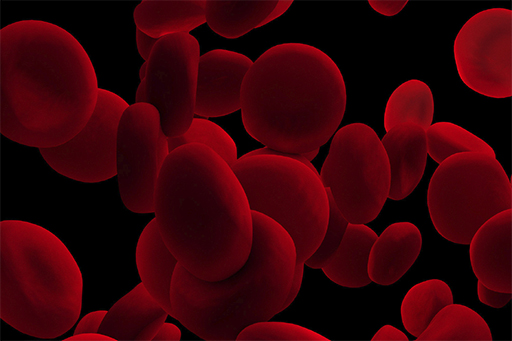UKCPA: Identifying anaemia
In Learning
Follow this topic
Bookmark
Record learning outcomes
Pharmacist are well placed to identify the signs and symptoms of anaemia and advise on treatment, says Elena Gwyn Jones, lead pre-operative pharmacist, Ysbyty Gwynedd Bangor hospital in North Wales

As a pre-op pharmacist I often come across anaemia, which means it is prevalent in the community at large. So how can community pharmacists help to identify and treat this common condition?
Who is most at risk?
Patients/conditions where there is a higher risk of irondeficiency anaemia (IDA) include:
- Black women
- Pregnancy
- Menorrhagia
- Vegan diets
- Coeliac disease
- NSAID use
- Gastrectomy.
Signs and symptoms
- Fatigue
- Weakness
- Decreased exercise tolerance
- Shortness of breath with exercise
- Restless legs
- Headaches
- Pallor.
Red flags
- Gastrointestinal bleeding
- Rapid weight loss
- Significant change in bowel habit.
Treatment
The aim should be to replenish iron stores and restore haemoglobin concentrations. Cause should be investigated and treated if possible.
Dietary advice
Meat, pulses, green leafy vegetables, cereal and fortified breads may increase a patient’s absorption of iron.
Oral iron
The oral dose of elemental iron for iron-deficiency anaemia should be 100mg-200mg daily. There is little difference in the iron uptake efficiency of different iron salts.
Modified release tablets are not recommended as they don’t improve the absorption of iron. These preparations release iron gradually with the aim of reducing GI side-effects but the lower incidence of side-effects may reflect the small amounts of iron available for absorption as the iron is carried past the first part of the duodenum into an area of the gut where absorption may be poor.
Practical points:
- Take on an empty stomach
- Avoid simultaneous ingestion with coffee and tea
- Avoid simultaneous administration of other medications/antacids
- Ascorbic acid 250mg-500mg with the iron supplement may enhance absorption
- For nausea/epigastric discomfort, a preparation with a lower iron content may be appropriate.
Parenteral iron
This is reserved for those who are intolerant or not responding to oral iron, or if the patient has impaired GI absorption, or major surgery is in less than four weeks.
Although the drug cost is higher, the patient outcome is improved and the long-term cost of replenished iron stores is thought to be lower than not treating.
This column is produced in association with the UKCPA. The views expressed are those of the author and are not necessarily those of either Pharmacy Magazine or the UKCPA. For more information about the UKCPA visit their website.
